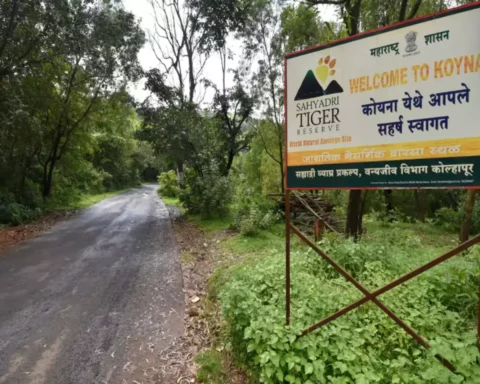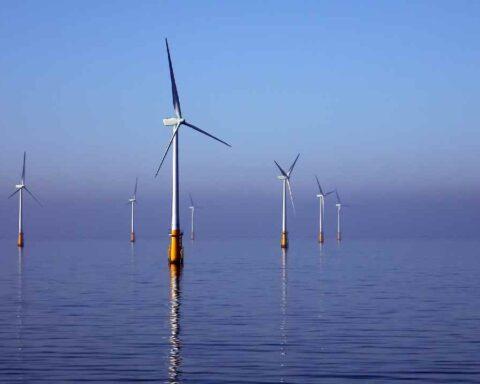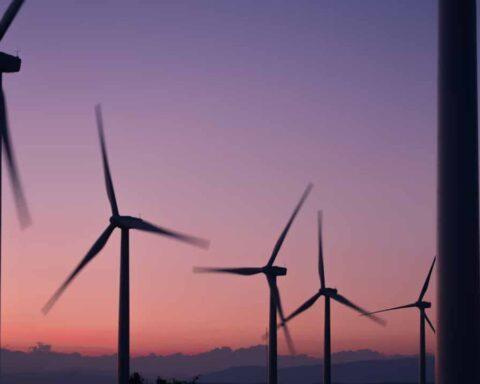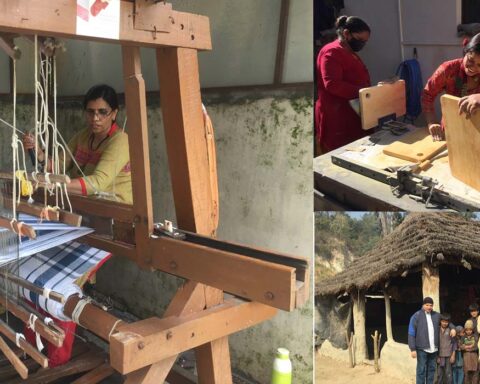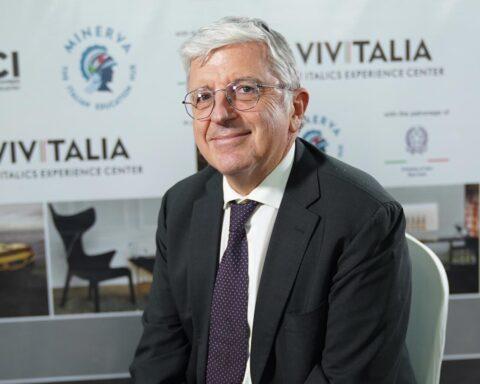Rajiv Ranjan Mishra, Director General of the National Mission for Clean Ganga (NMCG), presided over the 38th Executive Committee meeting of the NMCG, during which some key projects in West Bengal, Uttarakhand, and Bihar were approved
During the meeting, the North Barrackpore municipality in West Bengal examined and sanctioned the Detailed Project Report (DPR) of Interception & Diversion Network for Existing Drains Falling in River Ganga, including sewage treatment plant (STP). Shri Rajiv Ranjan Mishra, Director General, National Mission for Clean Ganga (NMCG), presided over the 38th Executive Committee meeting of the NMCG, during which some key projects in West Bengal, Uttarakhand, and Bihar were approved.
There is currently no centralised sewerage network in the town. The entire wastewater from the municipal town runs directly into the Ganga and/or into IchaporeKhal, PoltaKhal, and Pochakhal via surface drains. These khals eventually drain into the Ganges River. After this project is completed, all drains will be tapped, and no sewage will be discharged before being treated. It will improve the river Ganga’s overall quality. Two STPs will be developed as part of this project (30 MLD in Babanpore area and 8 MLD in Manirampore area).
The initiative will aid in the reduction of pollution in IchaporeKhal, PoltaKhal, and Pochakhal. The project is significant because large water treatment plants in the North Barrackpore area receive water from the PochaKhal and IcchaporeKhal. As a result, the project will have numerous goals, including reducing river pollution and assuring safe water at WTP inlets. The project’s total cost is Rs 215 crore, which includes 15 years of operation and maintenance. To ensure performance, it would be implemented as a Hybrid Annuity Model. At the conference, a similar project for interception and diversion work, as well as three new STPs in Dehri-on-Sone, Bihar, were examined and approved. This project will comprise the construction of three sewage treatment plants (one 11 MLD near Shiv Mandir, one 7 MLD near Dalmia Nagar, and one 3 MLD near Islam Ganj), as well as the necessary auxiliary infrastructures, UV disinfection, SCADA, and an online monitoring system.




